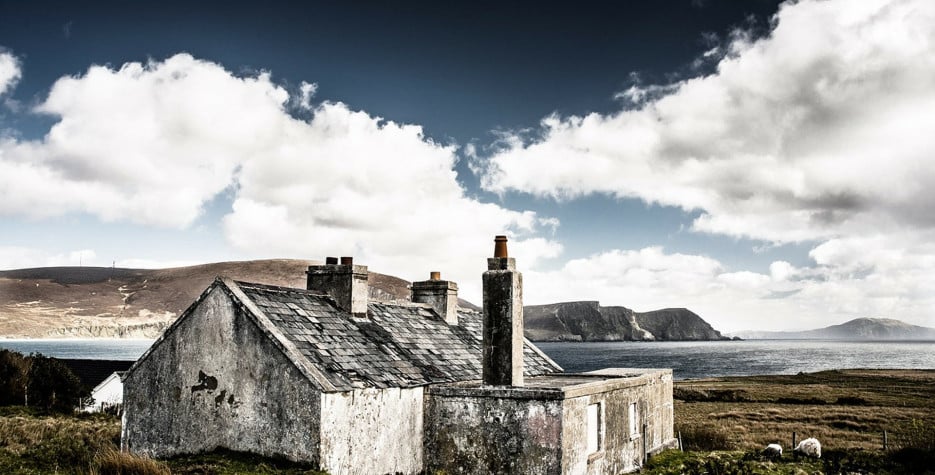When is the May Bank Holiday in Ireland?
The May Bank Holiday in the Republic of Ireland takes place on the first Monday in May.
Schools, banks and most businesses will be closed. Retail shops and pubs may open but with reduced hours and public transport may have restricted schedules or run a Sunday service.
History of the May Bank Holiday in Ireland
This public holiday was only legislated in the Republic of Ireland in 1993 and became a holiday on May 4th 1994.
This holiday is nowadays most closely related to the International Worker's Day celebrated around the world on May 1st each year.
However, the idea of a holiday at the start of May predates any labour movement inspired event, and the traditional May Day celebrations owe a debt to the Gaelic festival of Beltane. Indeed this holiday is still called 'Lá Bealtaine' in Irish Gaelic.
Beltane (also spelled Beltine or Beltein) is the anglicised name for the Gaelic May Day festival, which divided the ancient Celtic year in two.
It was believed that each day began at sunset the night before, so Beltane was celebrated by lighting bonfires to honour the return of the sun god. The practice of bonfires on April 30th still takes place in parts of mainland Europe, commonly called Walpurgis Night.
On Beltane, cattle were driven between two fires (the "Beltane Fire") as it was believed this would protect them from disease before putting them out to pasture for the new season.
People followed the same ritual and jumped over the flames to get rid of bad luck. Like Walpurgis Night, this jumping over fires is a common tradition still practised during Nowruz, the ancient Persian spring festival.
Contact with the fire was symbolic of contact with the life-giving sun on its return after the cold and dark winter.
Beltane was therefore considered the last day of winter and was a celebration of the beginning of summer. So in a way, this modern holiday completes the circle back to the culture that first inspired it.
May Day Traditions in Ireland
One of the most well-known Irish May Day traditions is the Maybush, a decorated bush left in communal areas in town centres or the gardens of rural homes. A hawthorn bush was often used, and it was decorated with ribbons, cloth, tinsel, and sometimes even candles. The Maybush was associated with the luck of the house or community.
Another popular tradition was the Maypole, which was popular in many large towns across Ireland. Originally, Maypoles were made from tall trees but were later replaced by formal poles erected in town centres. Poles were then decorated with flowers and ribbons, and dancing and sport often took place and were centred around the pole.
May Day also had its share of superstitions. On the eve of May Day, yellow flowers would be picked and spread around the outside of the home to bring good luck and keep Cailleachs – or hags – and fairies from entering the home. Children would often make posies and crowns from the yellow flowers to represent the sun and spread them on neighbours doorsteps as a sign of goodwill.
Another of the popular superstitions connected with May Day in Ireland surrounded the local wells. Sometimes flowers were placed in wells to protect the water supply and the health of those who used it. Other times, people would visit holy wells as part of the Beltane festival, where they would leave personal possessions and pray for good health while walking clockwise around the well.
It was believed that the first water drawn from the well on May Day was considered to have much greater power than at any other time of the year, and it was believed that this water would offer protection and cures and be good for the complexion.


